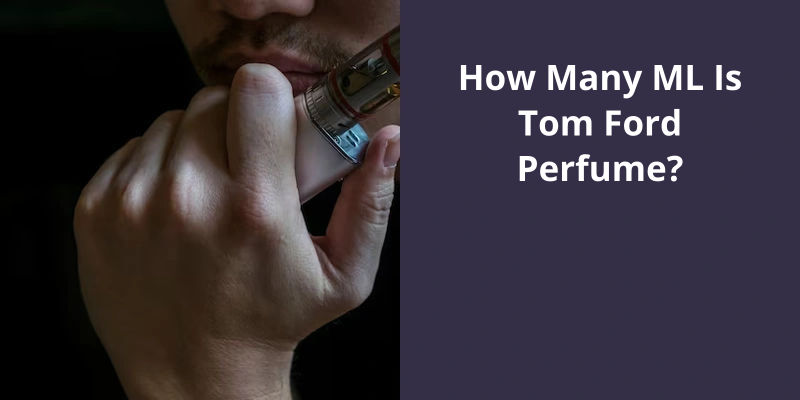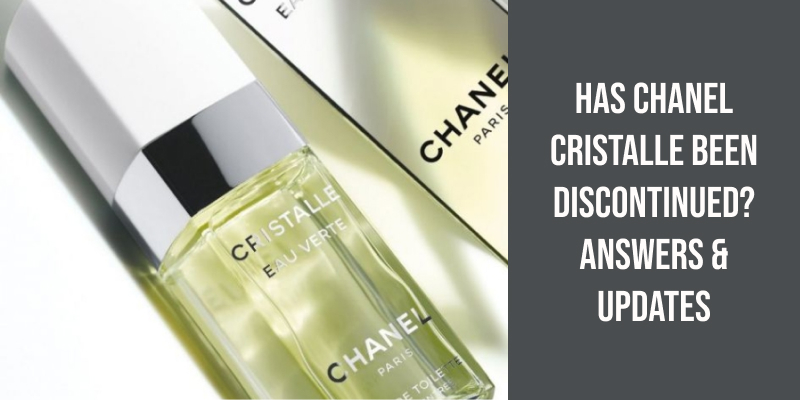Fake perfumes can sometimes have batch codes, but these codes often don’t match the genuine product’s codes, or they could be completely fabricated. Batch codes are an essential part of authentic perfumes as they indicate where and when the perfume was made. Counterfeit makers will try to mimic these codes, but they usually fail to accurately replicate them due to a lack of knowledge about the actual manufacturing process. This inconsistency in the batch codes can be a telling sign when checking for the authenticity of a perfume. It’s recommended to cross-check the batch code on the bottle with the company’s record or a good resource online to ensure the perfume’s legitimacy.
Do Fake Products Have Batch Codes?
Some fake products may have batch codes, but the reliability and accuracy of these codes can vary significantly. Counterfeiters often attempt to replicate authentic packaging, including batch codes, to make their products appear more genuine. However, the presence of a batch code doesn’t necessarily guarantee the authenticity of the product.
Here are some important points to consider regarding batch codes on fake products:
- Inconsistent Format: Fake products might have batch codes that follow an incorrect format, contain typos, or lack consistency with the legitimate format used by the genuine brand.
- Lack of Verification: Authentic brands often provide ways to verify batch codes on their official websites or through customer service. Counterfeit products usually won’t have verifiable batch codes.
- Packaging Quality: Examine the overall packaging quality. Authentic products typically have higher-quality packaging with precise printing and labeling.
- Reputation of the Seller: If the seller has a history of selling counterfeit items, it’s more likely that their products, including those with batch codes, are also fake.
- Price and Source: Be cautious if the product is sold at an unusually low price, especially if it’s from an unverified source or an unauthorized retailer.
- Trustworthy Retailers: Purchase from reputable and authorized retailers or the official brand website to minimize the risk of getting fake products.
While some counterfeit products may have convincing batch codes, it’s essential to consider the broader context, such as the source, reputation of the seller, overall packaging quality, and any verification mechanisms provided by the brand. If you’re uncertain about the authenticity of a product, it’s a good idea to contact the brand’s customer service or consult with experts in the field to ensure you’re getting genuine products.
What Are the Characteristics of Fake Cosmetics?
Consumers are at risk of buying fake cosmetics as counterfeiters become increasingly sophisticated. Fake cosmetics may seem like a great deal – these are often sold for unusually low prices, cheaper than those of official retailers. This offers them the financial incentive to purchase these counterfeit products, despite the risks. Consumers can expect to see their cosmetic routine seriously affected by fake cosmetics. More worryingly, they can even have serious health implications in some cases.
Besides packaging, another giveaway that the product is fake is the lack of information provided. Batch numbers, expiration dates or the PAO symbol, for example, aren’t mentioned as they mark official products. These are particularly important information details that can help in the traceability of the product and indicates it’s legitimacy. Counterfeiters may not be that meticulous in including these supposedly superfluous details. Without them, the customer isn’t able to track the origins of the product or to ensure that it’s not beyond it’s best-by-date.
Finally, consumers shouldn’t dismiss and ignore their intuition. If it seems too good to be true, then it probably is. Always rely on official channels for purchasing high-end cosmetics, and if in doubt, go online and check out a product range for other customer reviews. Even if you think a product isn’t fake, please still inspect the packaging and verify other relevant aspects of the product. Maintaining eyes open and avoiding shortcuts to a perfect look can avoid long-lasting beauty disasters.
How to Spot Fake Cosmetics Online
Spotting fake cosmetics online is essential for your safety and to avoid subpar products. Start by buying from reputable sources, such as official brand websites or authorized retailers. Beware of significantly discounted prices, as high-end cosmetics rarely come at steep discounts. Carefully examine product images for inconsistencies in packaging, branding, and quality. Always read product descriptions and avoid listings with vague or misspelled information. Trust your instincts, and if something seems too good to be true, it’s essential to be cautious and prioritize authenticity to protect your skin and health.
Conclusion
Fake products, including counterfeit cosmetics, can indeed have batch codes, but the presence of a batch code alone doesn’t guarantee authenticity. Counterfeiters often aim to mimic genuine packaging, including these codes, to deceive buyers. However, vigilant consumers should be cautious of inconsistencies in formatting, typos, or the lack of a legitimate way to verify the code. Authentic brands often provide mechanisms to confirm batch codes on their official websites or through customer service, so a lack of verification is a significant red flag. To ensure safety and quality, it’s essential to purchase cosmetics from reputable sources, such as authorized retailers or the official brand’s website, and be skeptical of unusually low prices, particularly from unverified sellers.





